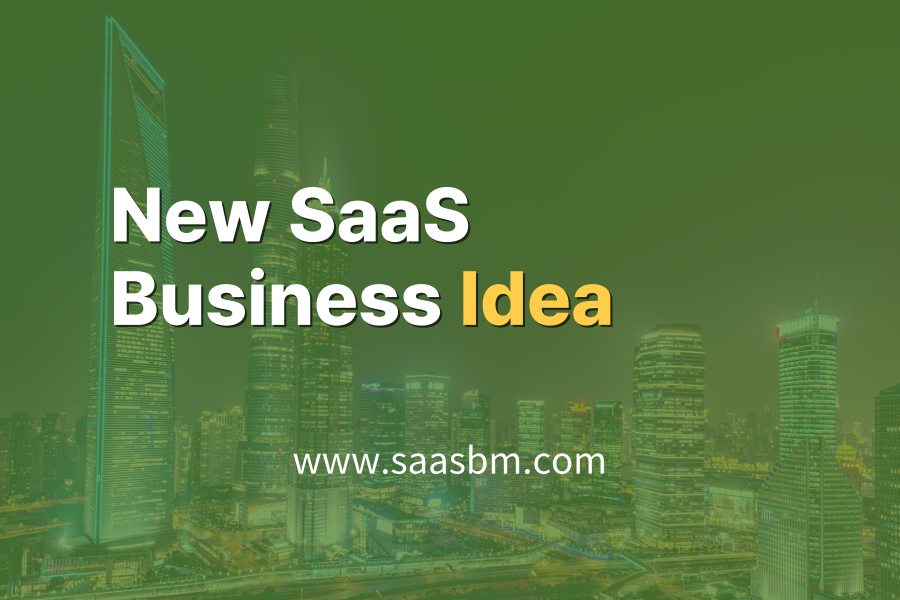Here are two new business ideas inspired by a benchmarked SaaS model.
We hope these ideas help you build a more compelling and competitive SaaS business model.
- Benchmark Report: Transform Your Meetings with Otter.ai’s Revolutionary AI Transcription Software
- Homepage: https://otter.ai
- Analysis Summary: Otter.ai offers powerful AI-driven transcription software that converts speech to text in real-time, enhancing meeting productivity with features like summaries, highlights, and collaboration tools.
-
New Service Idea: EmotionPulse AI / EduGenAI
Derived from benchmarking insights and reimagined as two distinct SaaS opportunities.

[swpm_protected for=”3,4″ custom_msg=’This report is available to Growth and Harvest members. Log in to read.‘]
![]()
1st idea : EmotionPulse AI
An AI-powered emotion analytics platform that transforms sales conversations into actionable insights
Overview
EmotionPulse AI is a sophisticated platform that goes beyond traditional transcription by analyzing the emotional context of business conversations. It leverages AI to detect customer sentiment, engagement levels, and emotional triggers during sales calls, interviews, and customer service interactions. The platform provides real-time insights and coaching to sales representatives, helping them adapt their communication style on the fly. Post-conversation, it generates comprehensive analytics that help organizations understand customer psychology, improve sales training, and refine pitches. Unlike traditional transcription tools that focus solely on what was said, EmotionPulse AI reveals how things were said and how they were received, offering a deeper layer of business intelligence that directly impacts revenue.
![]()
Who is the target customer?
▶ Enterprise companies with large customer service departments seeking to enhance customer satisfaction and retention
▶ Sales training and coaching organizations that want to provide data-driven feedback
▶ Market research firms conducting qualitative interviews and focus groups
![]()
What is the core value proposition?
![]()
How does the business model work?
• Integration Fees: Premium charges for seamless integration with popular CRM platforms like Salesforce, HubSpot, and Microsoft Dynamics
• Advanced Analytics Package: Add-on subscription for industry benchmarking, competitive analysis, and custom reporting that ties emotional analytics directly to revenue metrics and ROI calculations
![]()
What makes this idea different?
![]()
How can the business be implemented?
- Develop core AI technology that can accurately detect emotional cues from audio recordings, leveraging existing transcription APIs like Otter.ai while building proprietary emotion detection algorithms
- Create an intuitive dashboard for real-time emotional analytics with visual cues for sales representatives to easily interpret during calls
- Build integrations with major CRM platforms to ensure emotion data enriches existing customer records and sales pipelines
- Establish partnerships with sales training organizations to validate the technology and create case studies demonstrating measurable improvement in sales outcomes
- Launch with a freemium model that allows sales teams to analyze a limited number of calls per month, then scale pricing based on usage and team size
![]()
What are the potential challenges?
• Accuracy of emotion detection: Mitigate by continuously refining algorithms through machine learning, incorporating user feedback, and being transparent about confidence levels in emotion detection
• Adoption resistance: Overcome by focusing initial marketing on progressive sales organizations, providing comprehensive onboarding, and designing an interface that minimizes disruption to existing workflows

2nd idea : EduGenAI
An AI-powered platform that transforms lectures and educational content into engaging multimedia learning materials
![]()
Overview
EduGenAI leverages advanced AI transcription and content generation technologies to revolutionize how educational materials are created. The platform takes recorded lectures, presentations, or educational discussions and automatically transforms them into comprehensive multimedia learning packages. It transcribes spoken content, identifies key concepts, creates visually appealing slides, generates practice quizzes, and produces supplementary notes—all without human intervention. For educators, content creators, and corporate trainers, this dramatically reduces the time and resources needed to create professional learning materials. EduGenAI effectively democratizes content creation, allowing subject matter experts to focus on delivering knowledge while the AI handles the heavy lifting of content production and optimization.
![]()
Who is the target customer?
▶ Corporate training departments that need to scale learning content production
▶ Content creators and coaches looking to convert their knowledge into marketable educational products
▶ Professional associations and continuing education providers who need to regularly update their training materials
![]()
What is the core value proposition?
![]()
How does the business model work?
• Educational Institution Licensing: Annual subscriptions for universities and schools based on the number of faculty users and total content processing needs
• Enterprise Corporate Training Plans: Custom pricing for corporate clients that includes additional features like branding templates, LMS integration, and advanced analytics on learner engagement
![]()
What makes this idea different?
![]()
How can the business be implemented?
- Build the core platform by integrating transcription technology like Otter.ai’s API with custom AI models designed to recognize educational concepts and structure
- Develop template systems for various educational contexts (academic lectures, corporate training, continuing education) that follow learning design best practices
- Create partnerships with early adopter educational institutions for initial testing and refinement of the platform
- Integrate with popular Learning Management Systems (LMS) like Canvas, Blackboard, and Moodle to enable seamless export of generated content
- Launch with a freemium model allowing educators to process limited content for free, then convert to paid plans for larger volume processing
![]()
What are the potential challenges?
• Intellectual property questions: Manage by implementing clear policies that ensure educators retain ownership of their generated materials and providing tools for attribution and copyright management
• Resistance from traditional instructional designers: Navigate by positioning the tool as enhancing rather than replacing their work, focusing on how it frees them to contribute higher-level learning strategy
[/swpm_protected]
